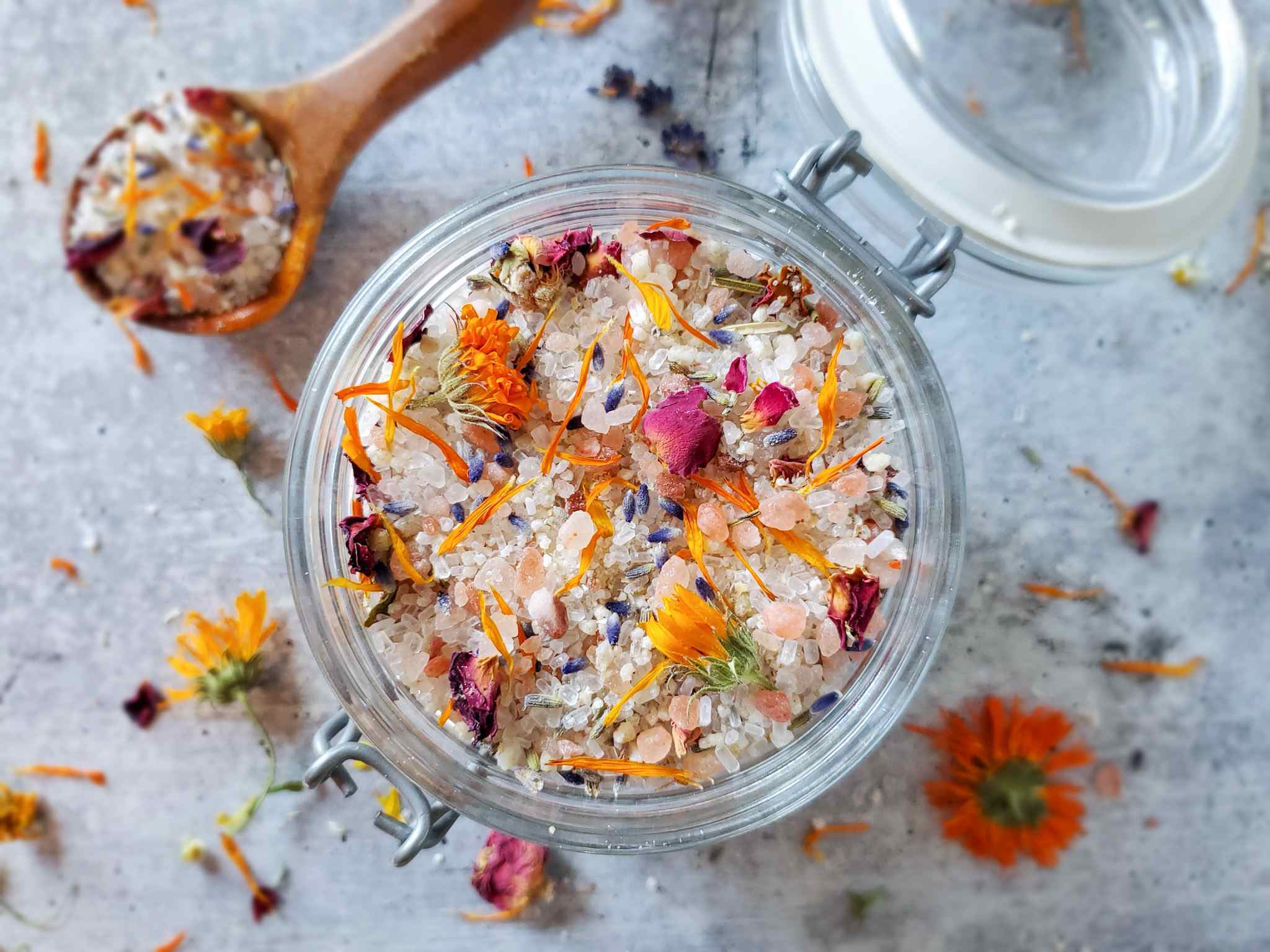
Magnesium bath soaks have grown in popularity as a natural wellness remedy for stress, sore muscles, and sleep support. This simple yet effective ritual can be done at home with a few key ingredients. A magnesium bath soak not only promotes relaxation but also supports magnesium levels in the body, which is essential for over 300 biochemical reactions.
In this guide, we’ll show you a DIY magnesium bath soak recipe, explore its benefits, and answer some frequently asked questions. Whether you’re new to natural self-care or looking to elevate your bath routine, this guide offers everything you need.
Why Use a Magnesium Bath Soak?
Magnesium plays a critical role in muscle function, nerve health, energy production, and even mood regulation. However, many people are deficient in magnesium due to poor diets, stress, or underlying health issues.
Transdermal magnesium therapy—absorbing magnesium through the skin—has gained popularity as a gentle and effective method. A magnesium bath soak allows your skin to absorb the mineral directly, bypassing the digestive system.
Key Benefits:
-
Reduces muscle tension and soreness
-
Promotes deeper, more restful sleep
-
Supports heart and bone health
-
Calms the nervous system
-
Detoxifies the skin and body
DIY Magnesium Bath Soak Recipe
Creating your own magnesium bath soak is easy, cost-effective, and customizable. Here’s a simple recipe you can make at home using natural ingredients.
Ingredients:
-
2 cups Epsom salt (magnesium sulfate)
-
1/2 cup baking soda (softens water and skin)
-
1/4 cup sea salt (optional, adds trace minerals)
-
10–15 drops essential oil (lavender, eucalyptus, or chamomile are great choices)
-
1 tablespoon carrier oil (such as coconut or almond oil)
-
Dried herbs or flowers (optional for a spa-like experience)
Instructions:
-
Prepare the Mix: In a bowl, combine Epsom salt, baking soda, and sea salt. Mix thoroughly.
-
Add Oils: Add the essential oils and carrier oil. Mix well to evenly distribute the scent.
-
Store It: Place the mixture in an airtight jar or container.
-
Use It: Add 1 to 2 cups of the mixture to warm bath water. Soak for 20–30 minutes.
This soak can be used 2–3 times a week for best results.
Customization Tips
| Add-On Ingredient | Purpose | Suggested Amount |
|---|---|---|
| Lavender essential oil | Promotes relaxation and sleep | 10 drops |
| Peppermint oil | Refreshes and relieves sore muscles | 5 drops |
| Rose petals | Aesthetic and mild skin-soothing | 1 tbsp |
| Coconut oil | Moisturizes and nourishes skin | 1 tbsp |
| Apple cider vinegar | Restores skin pH and detoxifies | 1/4 cup |
Combine with Exfoliation for Maximum Benefit
For a full-body spa experience, consider exfoliating before soaking. Exfoliation removes dead skin cells, allowing better absorption of magnesium.
A popular natural option is a Coconut Sugar Body Scrub, which gently exfoliates and nourishes the skin with natural oils and minerals. Use the scrub in the shower before your bath to boost skin hydration and enhance magnesium absorption.
FAQs About Magnesium Bath Soaks
1. How often should I take a magnesium bath?
Most people can benefit from 2–3 soaks per week. However, listen to your body—if you feel any irritation or discomfort, reduce frequency.
2. Can I use magnesium chloride flakes instead of Epsom salt?
Yes, magnesium chloride flakes are another effective option. They may offer better absorption than Epsom salts (magnesium sulfate) for some individuals.
3. Is it safe during pregnancy?
Consult your healthcare provider first. While magnesium baths are often recommended during pregnancy for relaxation and muscle relief, each individual’s condition is unique.
4. Can kids use magnesium bath soaks?
Yes, but reduce the quantity. Use 1/2 to 1 cup of Epsom salt for a child’s bath and avoid strong essential oils.
5. What if I don’t have a bathtub?
You can do a magnesium foot soak by adding 1 cup of Epsom salt to a basin of warm water. Soak your feet for 20 minutes to enjoy similar benefits.
Tips for Best Results
-
Hydrate well before and after your bath to help the body flush toxins.
-
Avoid soaps or shampoos during the soak to keep the magnesium absorption undisturbed.
-
Use warm, not hot water, to maintain skin comfort and prevent irritation.
-
Create a calming environment with dim lights or soft music to enhance relaxation.
Final Thoughts
A magnesium bath soak is one of the most accessible and effective natural remedies for stress, muscle pain, and general well-being. With just a few ingredients, you can create a luxurious, spa-like experience in your own home.
When combined with exfoliation products like a Coconut Sugar Body Scrub, your skin will feel soft, rejuvenated, and nourished. Whether you’re winding down after a long day or simply taking time for self-care, this recipe delivers both comfort and results.

